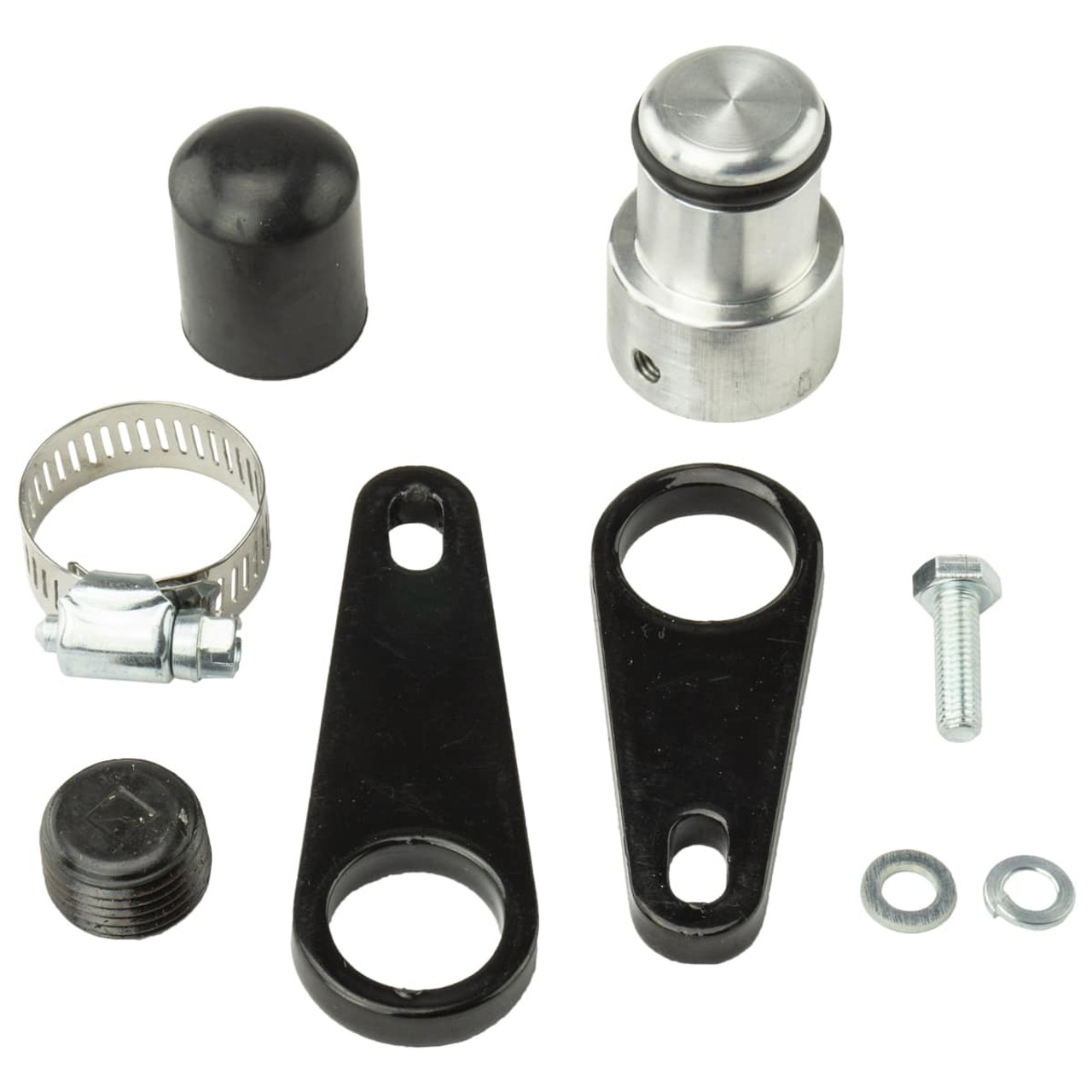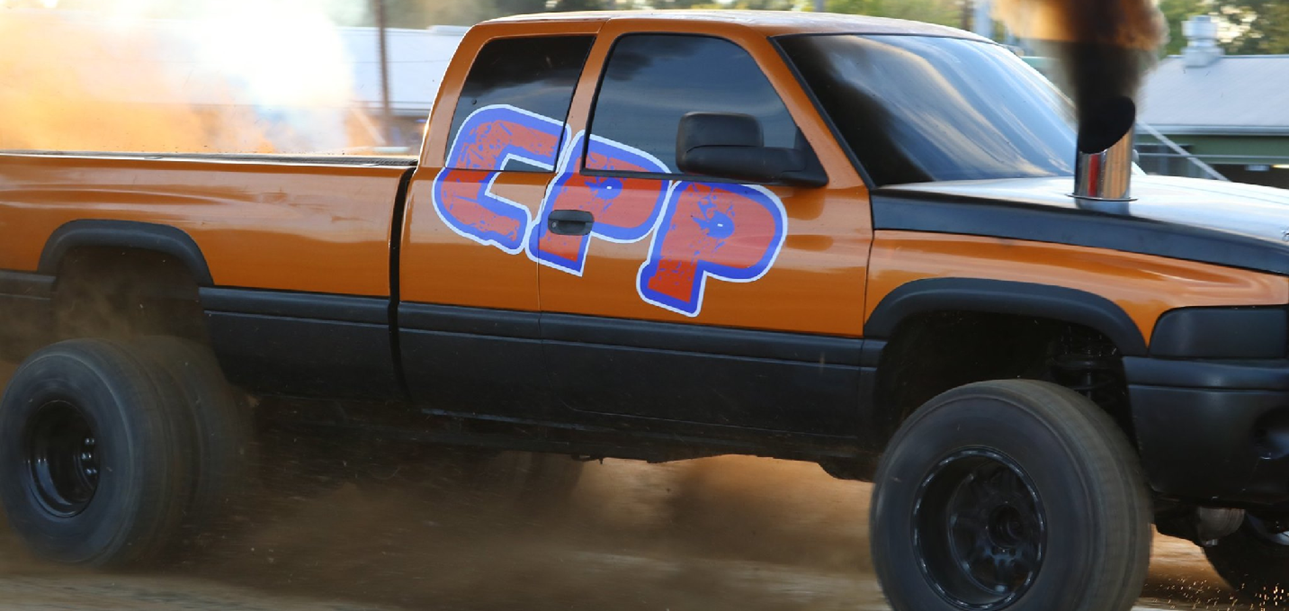Product Description
Find cooling system leaks fast on 2007.5-2018 6.7L Cummins trucks with the INDUSTRIAL INJECTION 2GT101 Coolant Leak Test Kit. Purpose-built for the 6.7L platform, this kit lets you safely pressurize the system to pinpoint hard-to-see leaks before they turn into overheating or head-gasket issues.
Fitment
- 2007.5-2012 Ram 2500/3500/4500/5500 with 6.7L Cummins
- 2013-2018 Ram 2500/3500/4500/5500 with 6.7L Cummins
What's Included
- Application-specific adapter and hardware required to pressurize the 6.7L Cummins cooling system
- Pressure test components and fittings (as packaged by Industrial Injection)
Why It's Useful
- Fast diagnostics: Pressurize the system cold to locate hose, clamp, radiator, water pump, and heater-core leaks.
- Prevent collateral damage: Catch slow leaks that lead to overheating, aeration, or gasket failure.
- 6.7L-specific fit: No guesswork on caps/adapters for 2007.5-2018 trucks.
Recommended Parts (CPP Internal Links)
- Mopar 68534176AA 190° Thermostat - 6.7L Cummins
- Interstate-McBee M-5292712 190° Thermostat - 07.5-18 6.7L
- CPP Coolant Pipe Conversion Kit - 2010-2018 6.7L
- Shop All Cooling System - 2007.5-2012 6.7L
- Shop All Cooling System - 2013-2018 6.7L
Helpful Notes
- Test on a cold engine. Follow safe pressure limits and the procedure in your service manual.
- After repairs, re-pressurize and verify system holds pressure before road testing.
Cross-Reference / Alternatives
See our Cooling System categories above for thermostats, hoses, caps, tanks, and bypass kits that pair well with leak diagnostics on the 6.7L Cummins.
FAQ
Will this kit fit both 07.5-12 and 13-18 6.7L Cummins?Yes. 2GT101 is specified for 2007.5 through 2018 Ram trucks equipped with the 6.7L Cummins.
Can I use it with the engine hot?No. Perform pressure tests on a cold system to avoid injury and to get accurate results.
What pressure should I apply?Use the pressure specified in your service manual (typically around the radiator cap rating). Do not exceed the cap rating.
What if pressure drops but I don't see a leak?Inspect heater core, water pump weep hole, turbo coolant lines, and hose joints. Dye and UV light can help spot small leaks.
| Specification | Value |
|---|---|
| UPC | 840256908411 |
| GTIN (GTIN-14) | 00840256908411 |
| Prop 65 | Yes — Cancer and Reproductive Harm; see P65Warnings.ca.gov |













